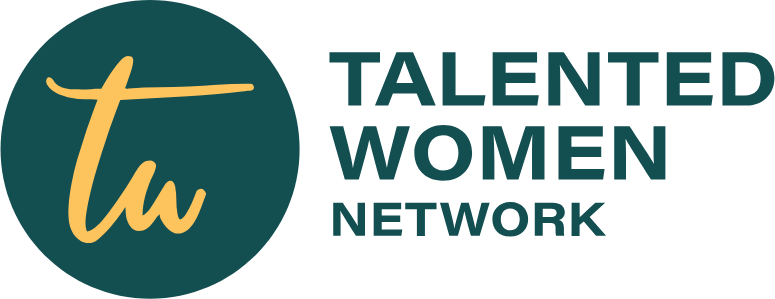Burkina Faso has increased its share of profits from gold mining after its biggest operator, West African Resources (WAF), implemented the country’s revised 2024 mining code.
Under the new framework, the government’s free carried equity stake in WAF’s projects rose from 10% to 15%, a change already reflected in the company’s interim financial report for June 2025.
Don’t Miss This: Nigeria’s Oil Output Hits Six-Month High in July, Exceeds OPEC Quota
The adjustment amounted to A$33.4 million, recorded as a decrease in retained earnings and a corresponding increase in non-controlling interest.
WAF’s executive chairman, Richard Hyde, confirmed that the equity transfer was finalized in July and August across its three flagship assets—Sanbrado (Somisa), Kiaka, and Toega mines.
He added that moving forward, each subsidiary will pay the state a priority dividend equal to 15% of annual profits, with WAF retaining 85% for reinvestment and repatriation.
According to Business Insider Africa, this adjustment is part of Burkina Faso’s wider strategy to secure greater value from its gold sector, which accounts for the majority of its export earnings and foreign currency inflows.
The reforms—mandating higher equity participation and compulsory annual dividends—are expected to strengthen state finances, fund social programmes, and provide resources for security operations.
Industrial gold output in Burkina Faso is projected to climb 4% to 55.7 tons in 2025, according to Aristide Belemsobgo, Director General of Mines and Geology at the Ministry of Energy, Mines and Quarries.
Don’t Miss This: Google, Microsoft, TikTok Shut Down 13.5m Accounts in Nigeria — NITDA
This comes as global gold prices hover at record highs, offering further fiscal relief to a government battling Islamist insurgencies and realigning away from traditional Western partners.
Despite its stake dropping from 90% to 85%, WAF remains a key player, controlling 6.5 million ounces of reserves and projecting average annual production of 480,000 ounces over the next decade.
The company expects output to grow 40% this year, driven by ongoing exploration, including 25,000 meters of drilling at Sanbrado’s M5 target.
For Ouagadougou, the deal underscores a broader Sahel trend of reclaiming control over natural resources, balancing foreign investment with domestic fiscal needs.
Image Credit: Business Insider Africa

